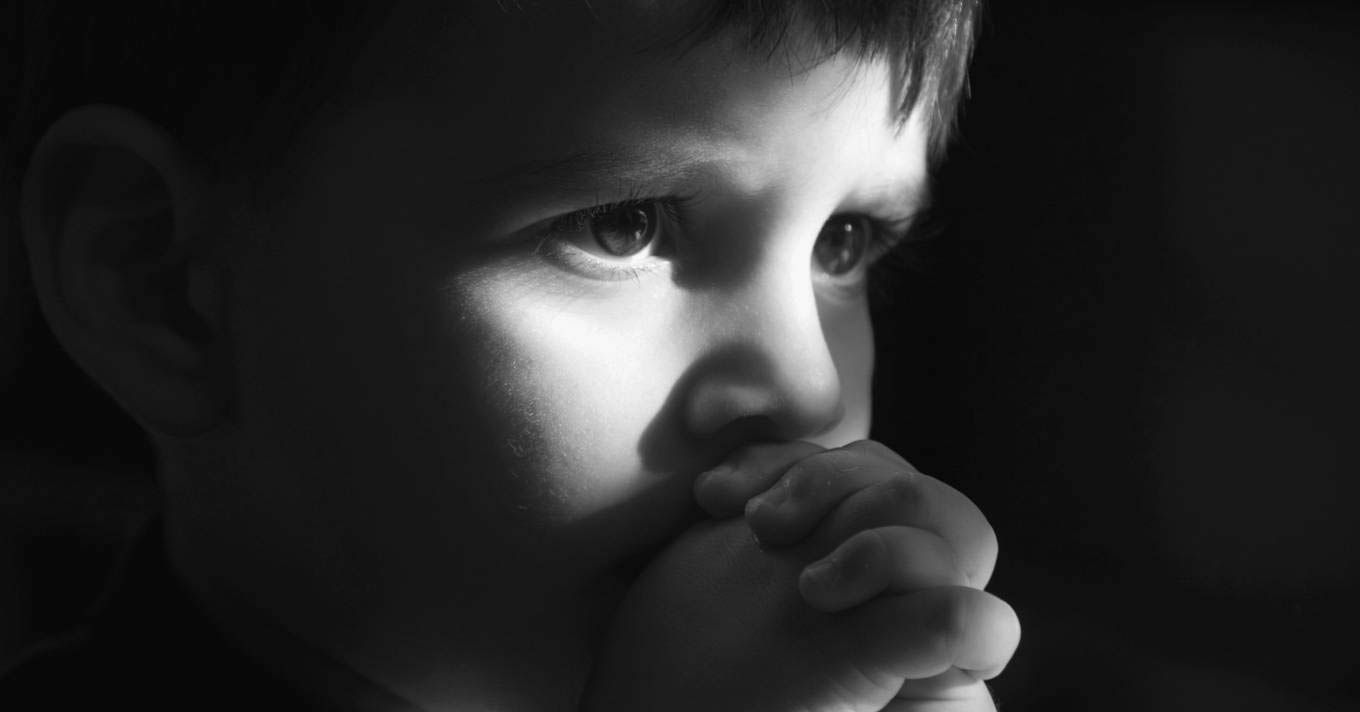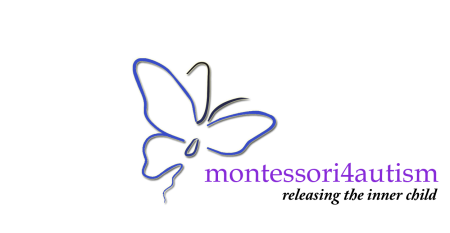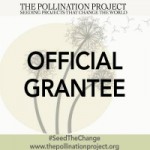Home

Autism1 now occurs with alarming frequency. Most recent statistics from the U.S. Centers for Disease Control and Prevention (CDC) estimate that 1 in every 36 children between the ages of 6 and 17 has been afflicted2 with an autism spectrum disorder (ASD). This represents approximately a 88% increase in the diagnosis over the past decade
For families impacted directly by an autism diagnosis, these statistics translate into challenges unimaginable to most observers. I am the parent of a child with ASD. One of my most daunting challenges began when I realized that the special education model for treating autism in U.S. public schools requires fundamental improvement. This website is the result of my search to find an effective therapeutic/educational solution for my child’s condition. Based on his progress, as well as on extensive research, I am convinced that many children with ASD could benefit in potentially life-changing ways from combination of a Montessori educational model with traditional autism interventions. With this website, I hope to generate a productive dialogue on this important topic among parents, autism professionals, and Montessori educators.
Like cancer, autism afflicts families regardless of race, income, and social status. Autism includes a spectrum of complex disabilities and is still poorly understood despite recent scientific advances. In its severe form, autism is brutal in its core deficits. For parents, it is agonizing to see their child trapped in his own world of repetitive behaviors and sensory overload, unable to form social relationships and deprived of the precious gift of natural and spontaneous learning from the environment. Even in less severe forms, autism presents fundamental challenges to daily functioning and peer relations, and threatens a child’s future as an independent and productive adult.
The pain caused by autism itself is compounded by the failure of key institutions to provide effective support. Despite increasing recognition that biomedical and dietary interventions can contribute to improvement, it is the special education component of our public school system that is still considered the principal setting for treating this complex neurological condition.
Tragically, the mandate for “Free and Appropriate Public Education” (FAPE) is failing autistic children due to deficiencies in educational content, deficiencies in the execution of valid therapeutic methods, and due to frequent procedural violations. And this occurs despite the best efforts of many dedicated special education teachers and therapists. This nation must urgently address the autism epidemic in all its complexity before it is too late – before government assistance is exhausted by the enormity of the burden, and your typical daughter cannot find a typical boy to date. I suggest we shift our paradigm, and critically examine whether the current system of education truly meets the needs of the young ASD population.
To start, let’s fundamentally reassess our expectations towards the potential of the children with autism and then actually teach to that potential rather than to the allocated budget. A prominent article in Nature, “Changing perceptions: The power of autism” by Dr. Laurent Mottron,4 underscores the hidden talents and learning differences of the individuals with autism, and calls for a concerted effort to optimally integrate them into our society.
I have dedicated over a decade to my son’s recovery while counseling dozens of parents along the way. I am passionate about applying what I have learned during this journey to advocate for a more effective educational model for remediating autism. On this website, I strive to illuminate the appropriateness and profound advantages of the Montessori model as an important component for successfully treating the epidemic of autism. Although there is a solid body of peer-reviewed research on the benefits of Montessori education for students with autism, it still seems to be largely misunderstood and underappreciated by the professionals in the field of autism. On the other hand, many Montessori schools overlook their deep roots in special education and are reluctant to admit students with autism. It is my sincere hope that Montessori educators and ASD experts engage in active dialogue regarding best practices in their respective fields and how to mold them into effective and widely accessible programs for the children with autism. There is no simple or immediate way to integrate the best practices of Montessori education and ASD therapies. It will require considerable knowledge and determination, flexibility to combine elements of both fields, and willingness of both fields to innovate. I believe that Montessori holds the key to educating these children to their potential, with the promise of a meaningful, productive, and well-adjusted life.
Join me in advocating for a more optimal educational model for ASD students. I encourage you to share your thoughts, concerns and experiences on various issues discussed on this site — there is an opportunity to comment at the end of each section. Please consider a small contribution to help offset significant costs associated with creating and running this site. Thank you!
References/Glossary
1. The term “Autism” is often used interchangeably to describe any of the Autistic Spectrum Disorders (ASD):
- Autism (classic)
- Asperger’s Syndrome
- PDD-NOS (pervasive developmental disorder not otherwise specified)
- Rett syndrome and Childhood Disintegrative Disorder.
2. CDC Report 65. Changes in Prevalence of Parent-reported Autism Spectrum Disorder in School-aged U.S. Children: 2007 to 2011–2012. March 2013.
3. Center for Disease Control and Prevention, Autism Spectrum Disorders: http://www.cdc.gov/ncbddd/autism/data.html
4. Nature, Volume 479, Pages: 33–35 (03 November 2011): http://www.ncbi.nlm.nih.gov/pubmed/22051659
Recipient of the 2013 AMS Ursula Thrush Peace Seed Grant


